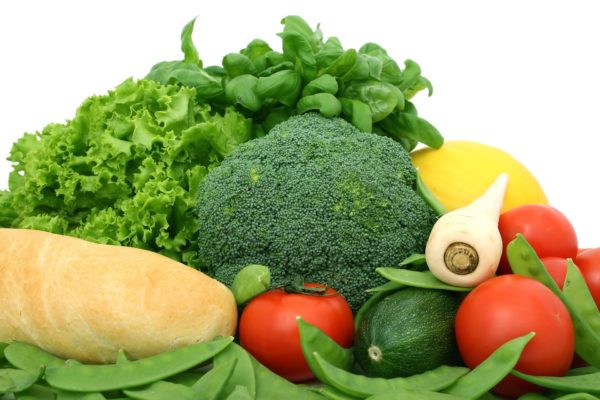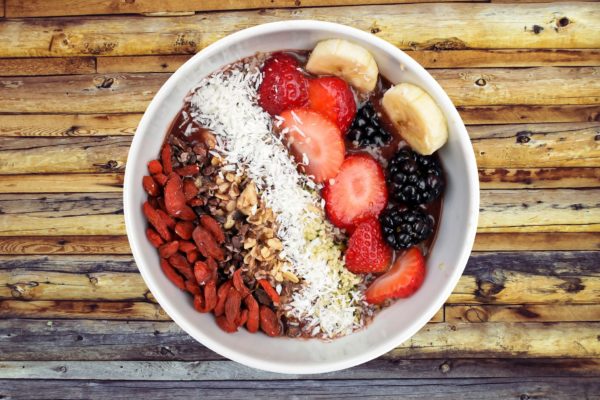Lose Weight in a Month. Complete guide on 30-Day Meal Plan for Weight Loss
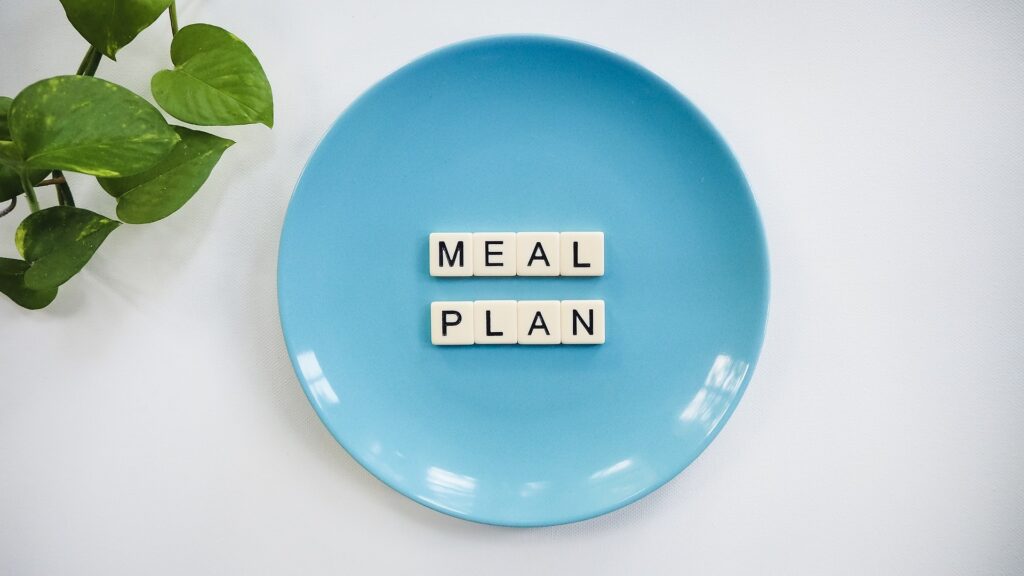
A meal plan is an essential tool for weight loss because it helps create structure and accountability in how you eat. Without a meal plan, it’s easy to fall into unhealthy habits, such as overeating or consuming too many unhealthy foods.
A well-designed meal plan can help ensure that you are eating a balanced diet that includes all of the nutrients your body needs to function optimally while keeping your calorie intake in check.
By sticking to a meal plan, you can avoid impulsive and unhealthy food choices, which can lead to weight gain.
Additionally, having a meal plan can help you to stay motivated and on track with your weight loss goals, as you can see progress and adjust as needed.
Weekly Meal Plan
The 30-day meal plan for weight loss is a structured eating plan designed to help individuals lose weight healthily and sustainably over the course of a month.
Week 1
The first week of the meal plan focuses on establishing a foundation of healthy eating habits. (1)
Breakfast options may include a spinach and mushroom omelets or Greek yoghurt with fruit and nuts.

Lunch and dinner options include a variety of lean protein sources, such as grilled chicken or fish, paired with vegetables and whole grains.
Snacks may include sliced vegetables with hummus or a piece of fruit.
Week 2
In the second week, the meal plan introduces more variety to keep things interesting. Breakfast options may include overnight oats or a vegetable frittata.
Lunch and dinner options may include vegetarian meals, such as a black bean and vegetable stir-fry or lentil soup, or dishes with lean meat or fish.
Snacks may include roasted chickpeas or a protein shake.
Week 3
The third week of the meal plan emphasizes higher protein intake and includes more complex carbohydrate options.
Breakfast options may include a protein smoothie or turkey sausage and vegetable skillet.
Lunch and dinner options may include grilled chicken or fish with roasted sweet potatoes and green beans, or a quinoa and vegetable bowl.
Snacks may include hard-boiled eggs or sliced apples with almond butter.
Week 4
The fourth and final week of the meal plan incorporates a wider variety of healthy fats, such as avocado or nuts, to help with satiety and flavor.
Breakfast options may include avocado toast or a vegetable and egg scramble.
Lunch and dinner options may include a variety of meals, such as grilled shrimp with roasted vegetables and quinoa or a chicken and vegetable stir-fry with cashews.
Snacks may include trail mix or roasted edamame.
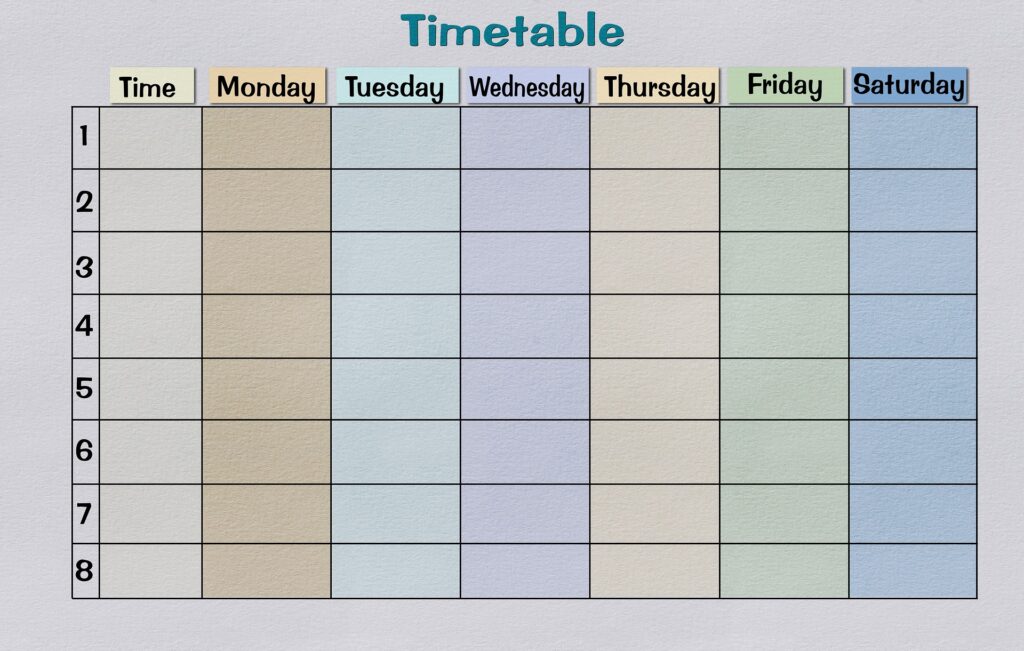
Throughout the 30-day meal plan, there is an emphasis on drinking plenty of water and limiting added sugars and processed foods.
The meal plan is designed to provide balanced nutrition while also creating a calorie deficit to support weight loss.
It is important to note that the meal plan is not a one-size-fits-all solution and may need to be modified to meet individual needs and preferences.
Set Goals for Weight Loss
Setting realistic weight loss goals is an important step in achieving successful weight loss.
It is important to clearly understand what you want to achieve and what is realistically achievable.
Establishing achievable goals can help you stay motivated and focused and avoid feelings of frustration and disappointment if you don’t see immediate results. (2)
When setting your weight loss goals, it’s important to consider a few key factors:
Your Starting Weight
Your starting weight will play a major role in determining how much weight you can realistically expect to lose.
If you are starting at a higher weight, you may be able to lose more weight in a shorter amount of time than someone who is starting at a lower weight.
Your Current Lifestyle
Your current lifestyle will also impact your weight loss goals.
If you are currently sedentary and consume a lot of unhealthy foods, you may need to make more significant changes to your lifestyle to see meaningful weight loss.
Your Overall Health
Your overall health will also be a factor in determining your weight loss goals.
If you have underlying health conditions or are taking medications that may impact your weight, you may need to adjust your goals accordingly.
When setting your weight loss goals, it’s important to set realistic, achievable targets.
Rapid weight loss may be tempting, but it can also be unhealthy and difficult to sustain. A good rule of thumb is to aim for a weight loss of 1-2 pounds per week.
You are required to focus on non-scale victories, such as improved energy levels, increased strength and endurance, and improved overall health.
These types of victories can be just as important as weight loss and can help keep you motivated and on track. Once you have established your weight loss goals, it’s important to create a plan of action to achieve them. This may include creating a meal plan, setting up an exercise routine, and seeking support from friends and family (3).
By setting realistic goals and creating a plan to achieve them, you can increase your chances of successful weight loss and improve your overall health and well-being.
Best Action Plan
Creating a plan of action is an essential step towards achieving weight loss goals.
It involves identifying specific and measurable goals and developing a strategy for achieving them.
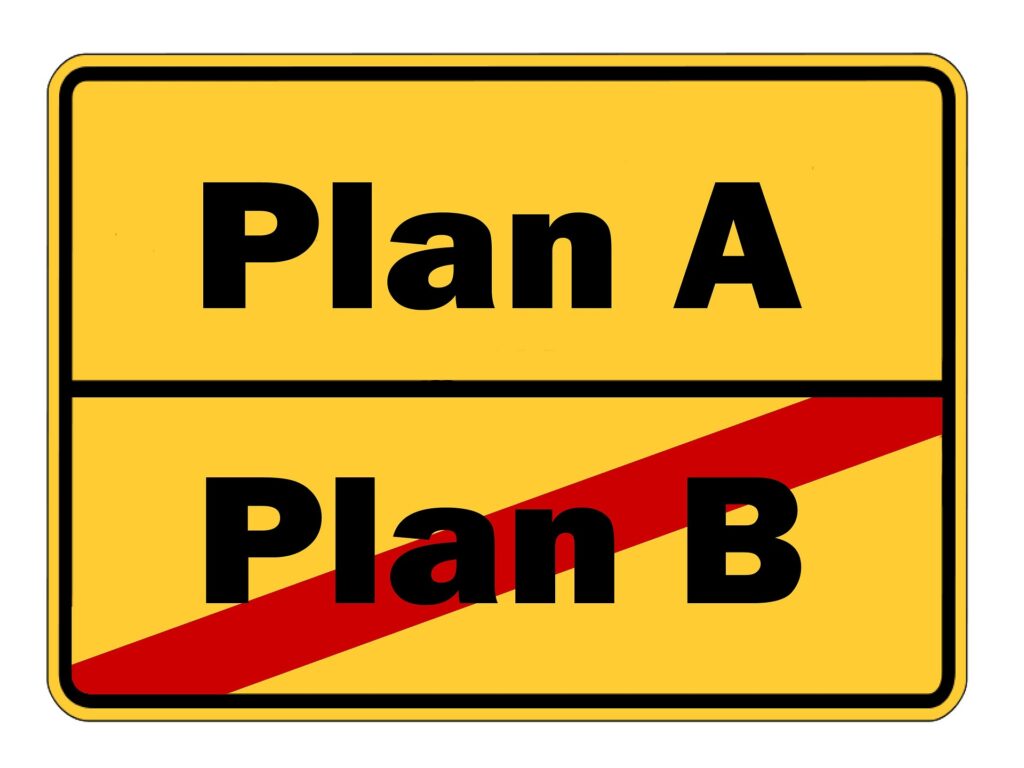
When creating a plan of action for weight loss, it is important to take into consideration individual needs, preferences, and lifestyles.
- The first step in creating a plan of action is setting realistic goals. Goals should be specific, measurable, and achievable within a reasonable timeframe. For example, the goal of losing 1-2 pounds per week is a realistic and achievable goal for most people.
It is important to remember that weight loss is a gradual process, and setting unrealistic goals can lead to disappointment and discouragement.
- The next step is to develop a strategy for achieving them. This involves identifying potential barriers to success and developing strategies for overcoming them. Barriers to weight loss can include lack of time, lack of motivation, and unhealthy eating habits.
Strategies for overcoming these barriers might include scheduling time for exercise, finding a workout partner for motivation, and meal planning to ensure healthy eating habits.
- To identify barriers, it is important to identify strategies for staying motivated and accountable. This might include setting up a support system for friends or family members, tracking progress, and celebrating successes along the way.
- Finally, creating a plan of action involves selecting a weight loss program that aligns with individual needs and preferences. There are a variety of weight loss programs available, including commercial programs, online programs, and DIY plans.
It is important to select a program that is sustainable and fits within an individual lifestyle.
Best 30-Day Meal Plan
The 30-day meal plan for weight loss is a structured, nutritious plan that helps individuals achieve their weight loss goals by providing healthy meals and snacks for 30 days.
This meal plan includes breakfast, lunch, dinner, and snacks, which are carefully crafted to ensure proper nutrition while promoting weight loss.
The meal plan also includes a variety of delicious and satisfying meals, which helps to eliminate feelings of deprivation and cravings that can often sabotage weight loss efforts.
By following the 30-day meal plan, individuals can develop healthy eating habits that promote long-term weight loss and overall health.
Breakfast
Each week’s breakfasts will include a balance of protein, healthy fats, and complex carbohydrates to provide sustained energy throughout the day.
Examples of breakfast options include egg and veggie scrambles, overnight oats with berries, Greek yoghurt with nuts and fruit, and avocado toast with smoked salmon.
Lunch
Each week’s lunches will also be balanced with protein, healthy fats, and complex carbohydrates, and will be designed to keep individuals feeling full and satisfied throughout the afternoon.
Examples of lunch options include grilled chicken or tofu salads, quinoa and vegetable stir-fry, lentil or black bean soups, and turkey or hummus wraps.
Dinner
Each week’s dinners will be designed to be flavorful and filling while promoting weight loss.
These meals will include lean proteins, healthy fats, and plenty of vegetables, and will be low in carbohydrates.
Examples of dinner options include grilled fish with roasted vegetables, chicken or tofu stir-fry with brown rice, turkey chilli, and vegetable and tofu curry.
Snacks
Each week’s snacks will be designed to keep individuals feeling satisfied between meals without sabotaging weight loss efforts.
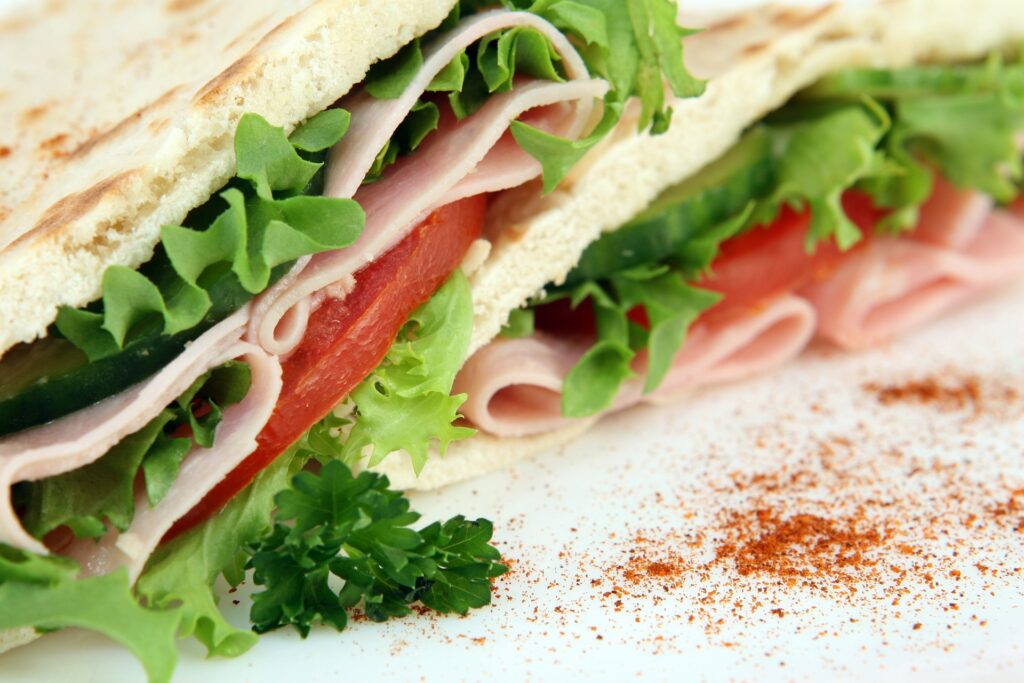
These snacks will include protein-rich options such as hard-boiled eggs, nut butter with apple slices, and Greek yoghurt with berries, as well as fiber-rich options such as carrots with hummus, sliced bell peppers, and air-popped popcorn (4).
Tips For Sticking to The Meal Plan
Make the best plan for snacking. Set aside time each week to plan and prep meals and snacks for the upcoming week.
This will help to ensure that healthy options are readily available and eliminate the temptation to make unhealthy food choices.
Don’t be afraid to make substitutions to fit personal taste preferences or dietary restrictions. For example, swap out chicken for tofu, or use gluten-free grains instead of wheat.
Drink plenty of water throughout the day to help curb cravings and promote weight loss.
Focus on progress, not perfection. Remember that no one is perfect, and slip-ups are a normal part of the weight loss journey.
Focus on progress rather than perfection, and don’t beat yourself up over small setbacks.
Manage Cravings
Managing cravings is essential for successful weight loss. One of the most effective strategies for managing cravings is to drink water, as dehydration can often be mistaken for hunger.
It’s also helpful to distract yourself by doing an activity that takes your mind off the craving, such as taking a walk or calling a friend.
If you do decide to indulge in a craving, eat mindfully, savouring each bite and paying attention to your body’s signals of fullness.
Keeping healthy snacks on hand can also help prevent cravings from escalating and making unhealthy choices.
By using these strategies to manage cravings, you can stay on track with your weight loss goals and develop healthy eating habits that will last a lifetime.
Tracking Progress
Tracking progress is a crucial part of any weight loss journey as it helps individuals stay accountable and motivated.
By tracking progress, individuals can see how far they’ve come, identify areas where they need to improve, and adjust their plans as needed.
Tracking progress can also help individuals celebrate their successes, which can be a powerful motivator for continuing on the weight loss journey.
There are several methods for tracking progress, and the best method will depend on individual preferences and goals. Some effective methods for tracking progress include:
Weighing yourself regularly: Regular weigh-ins can help individuals monitor their progress and make adjustments to their plans as needed.
Taking measurements: Measuring various parts of the body, such as the waist or hips, can provide a more accurate picture of progress than just weighing oneself.
Keeping a food diary: Writing down everything that is eaten can help individuals identify patterns and areas where they need to make changes to their eating habits.
Tracking exercise: Keeping a record of exercise can help individuals see how far they’ve come and stay motivated to continue.
Taking progress photos: Taking photos at regular intervals can help individuals see physical changes that may not be as apparent on the scale.
Celebrating Successes
Celebrating successes, no matter how small, can be a powerful motivator for continuing on the weight loss journey.
It’s important to acknowledge and celebrate accomplishments, whether it’s fitting into a smaller size of clothing or reaching a specific weight loss goal.
Additionally, if progress has stalled, it may be necessary to adjust the plan, such as increasing exercise or changing up the meal plan.
By adjusting the plan as needed, individuals can continue to make progress towards their weight loss goals.
Wrap Up
A meal plan is an essential tool for successful weight loss. It helps individuals stay on track, make healthier choices, and manage cravings.
By following a meal plan, individuals can develop healthy eating habits and make progress towards their weight loss goals.
However, it’s important to remember that weight loss is a journey that requires dedication and persistence. It’s essential to stick with the plan, track progress, and adjust as needed.
By making healthy choices and staying committed to the plan, individuals can achieve their weight loss goals and improve their overall health and well-being.
So, let’s stay encouraged and committed to our goals, one healthy meal at a time.

